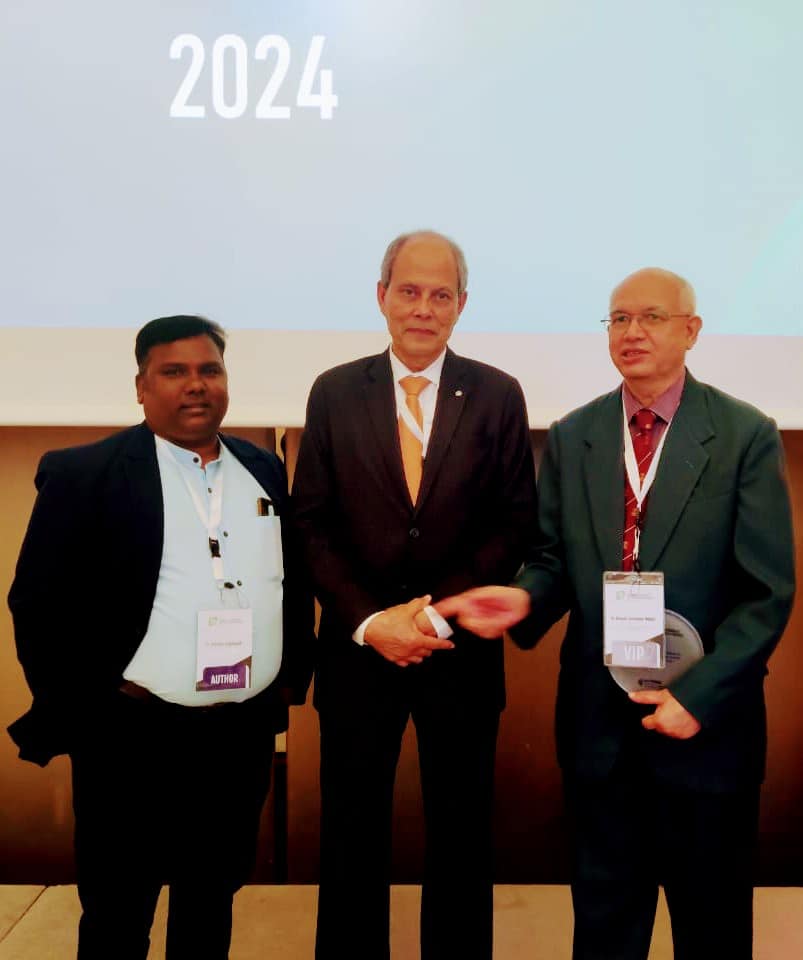COP 28 UAE Resolution 12: The High-Level Champions have also contributed to the expansion of the Breakthrough Agenda launched at COP 26. The Cement and Concrete Breakthrough, launched by Canada and the United Arab Emirates, aims to focus the industry on speeding up decarbonization by sharing best practices, working on policy and standards, and supporting new innovation in emerging areas like carbon capture and storage or utilization, or circular economy.
Analysis and Review:
The resolution point discusses the contribution of the High-Level Champions to the expansion of the Breakthrough Agenda launched at COP 26, specifically highlighting the Cement and Concrete Breakthrough launched by Canada and the United Arab Emirates. The initiative aims to accelerate decarbonization in the industry through best practices, policy and standards work, and support for innovation in areas like carbon capture and storage or utilization, and circular economy.
Positive Side of Resolution Point 12:
Industry-Focused Initiative: The Cement and Concrete Breakthrough represents a targeted effort to address emissions in a specific industry—cement and concrete. This industry-focused approach allows for tailored solutions and innovations to accelerate decarbonization.
International Collaboration: The launch of the breakthrough initiative by Canada and the United Arab Emirates reflects international collaboration. The involvement of multiple countries signals a shared commitment to addressing climate challenges in the cement and concrete industry.
Holistic Approach: The initiative’s focus on sharing best practices, working on policy and standards, and supporting innovation in emerging areas like carbon capture and storage or utilization, and circular economy, suggests a holistic approach. This comprehensive strategy aims to address multiple facets of the industry’s decarbonization.
Innovation Emphasis: By supporting innovation in emerging areas, the initiative recognizes the importance of technological advancements in achieving decarbonization goals. This emphasis on innovation aligns with the broader need for transformative solutions in the fight against climate change.
Negative Side of Resolution Point 12:
Potential Implementation Challenges: While the resolution outlines the goals of the Cement and Concrete Breakthrough, it does not elaborate on potential challenges in implementing the initiative. Critics might argue that a more detailed plan is needed to address potential hurdles in policy implementation and industry uptake.
Circular Economy Ambiguity: The mention of supporting innovation in the circular economy is broad, and the resolution does not provide specific details on how circular economy principles will be integrated into the cement and concrete industry. Critics may seek clarity on the concrete steps involved.
Limited Mention of Social and Economic Considerations: The resolution does not explicitly mention social and economic considerations associated with the Cement and Concrete Breakthrough. Critics might advocate for a more inclusive approach that considers the potential impacts on communities and workers within the industry.
Balance with Carbon Capture and Storage: While the resolution mentions carbon capture and storage or utilization as emerging areas for innovation, it does not provide details on how these technologies will be balanced with other sustainable practices. Critics might question the potential environmental impacts and effectiveness of these technologies.
In summary, while the resolution highlights positive aspects such as industry focus, international collaboration, a holistic approach, and an emphasis on innovation, concerns may arise regarding potential implementation challenges, ambiguity in circular economy integration, limited mention of social and economic considerations, and the need for balance in technological solutions.


